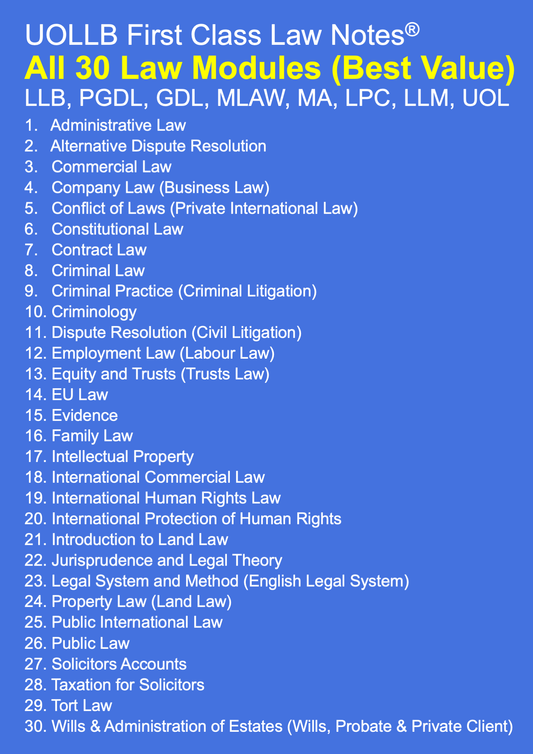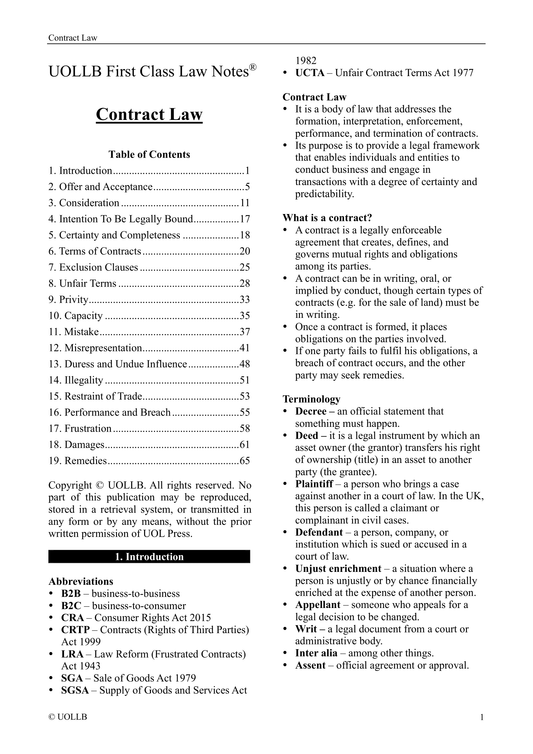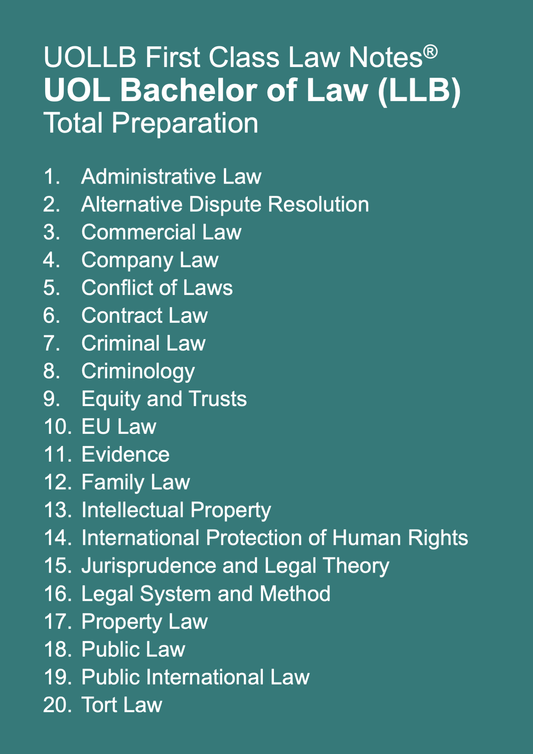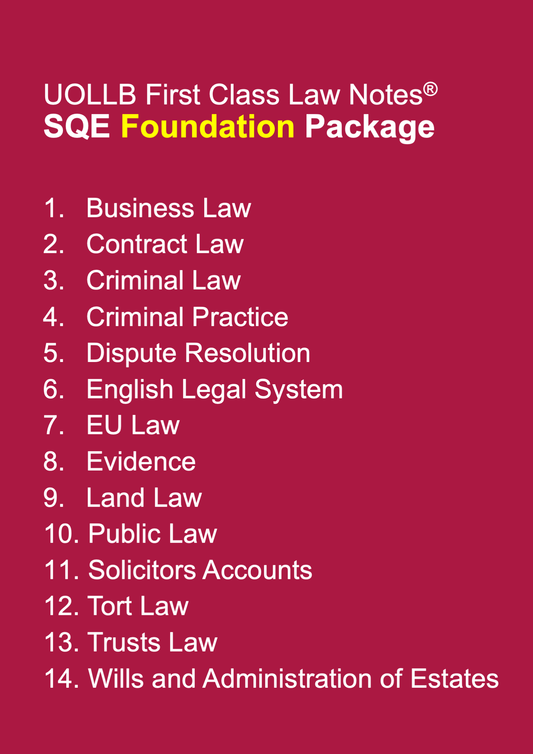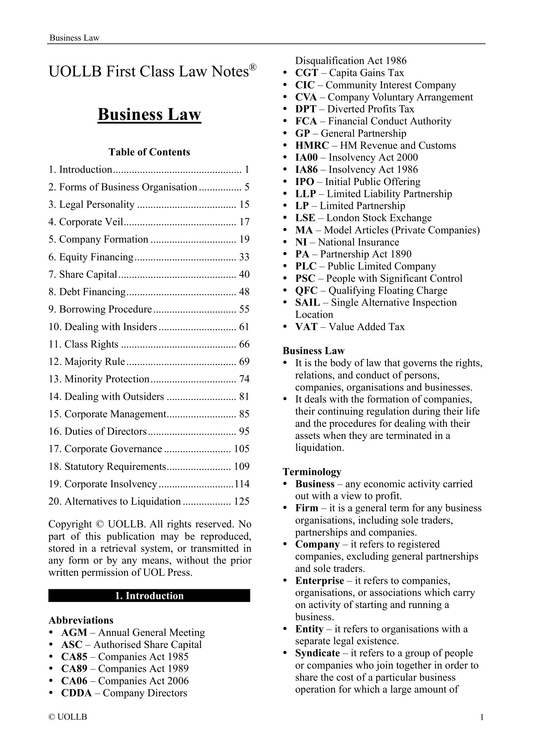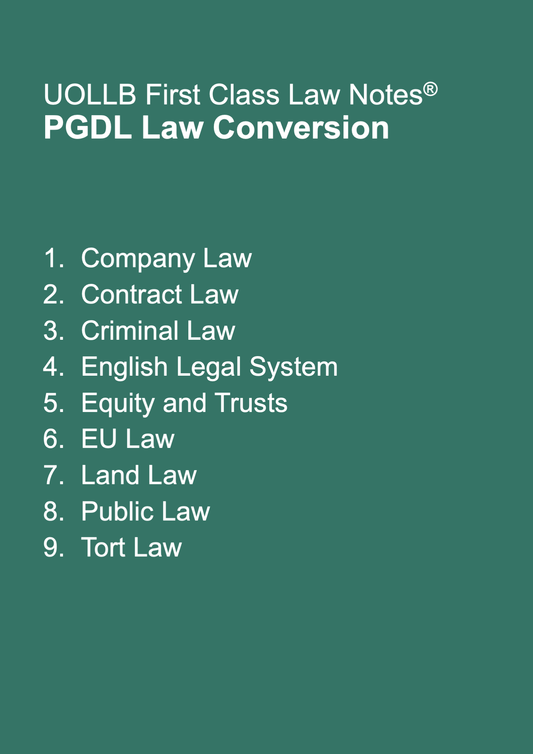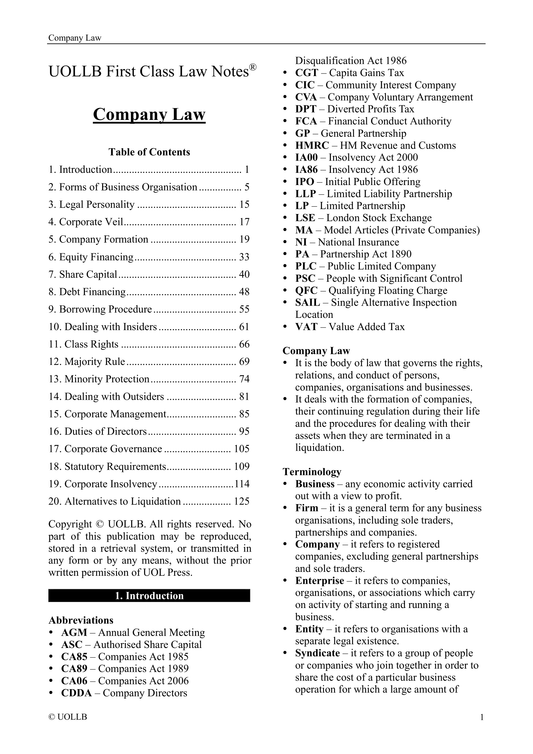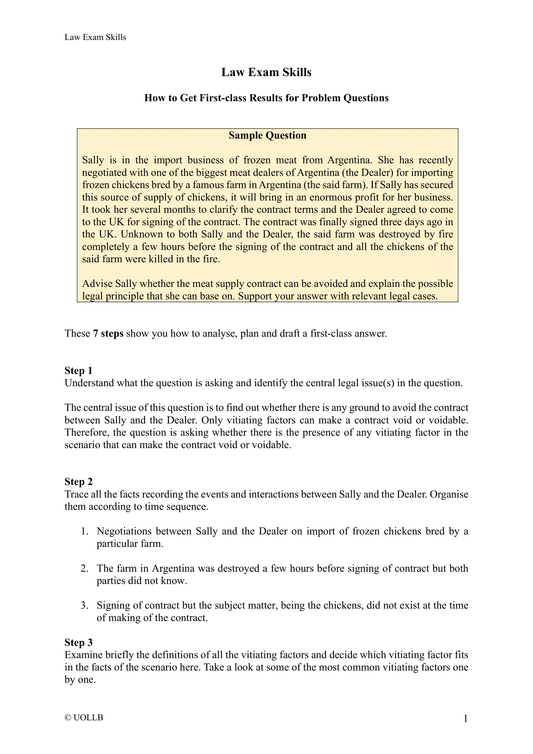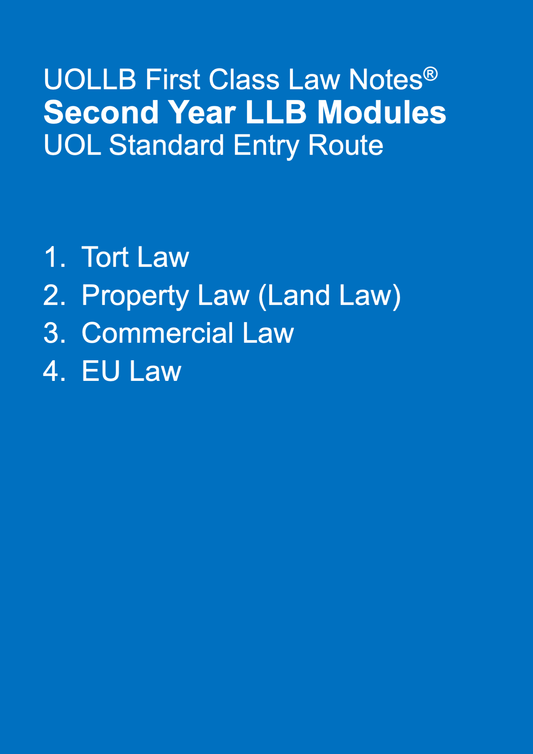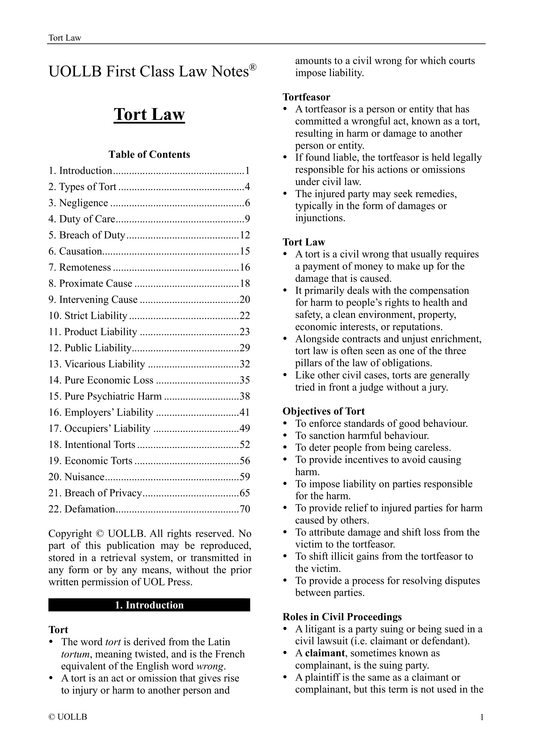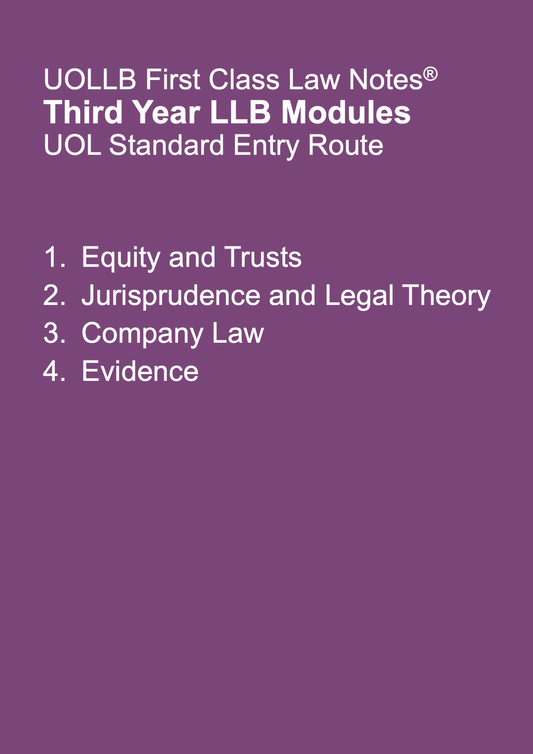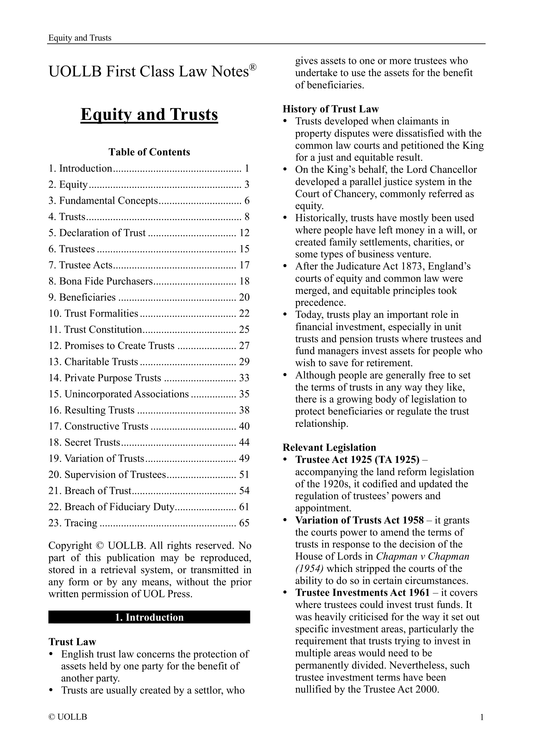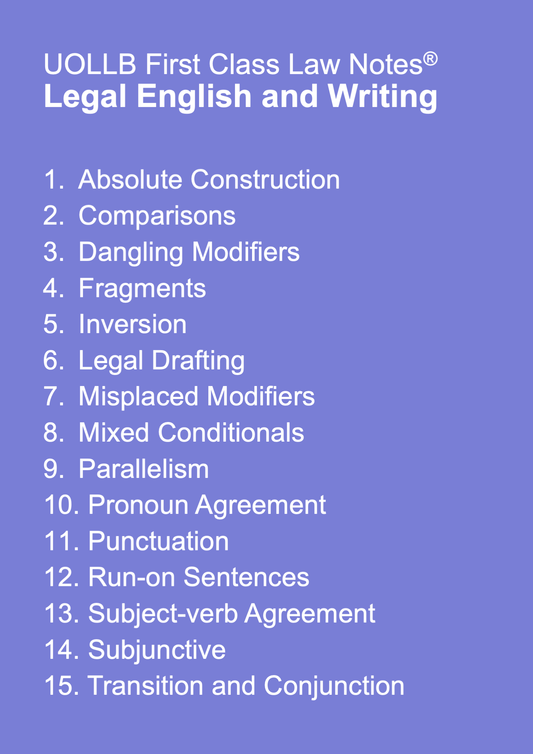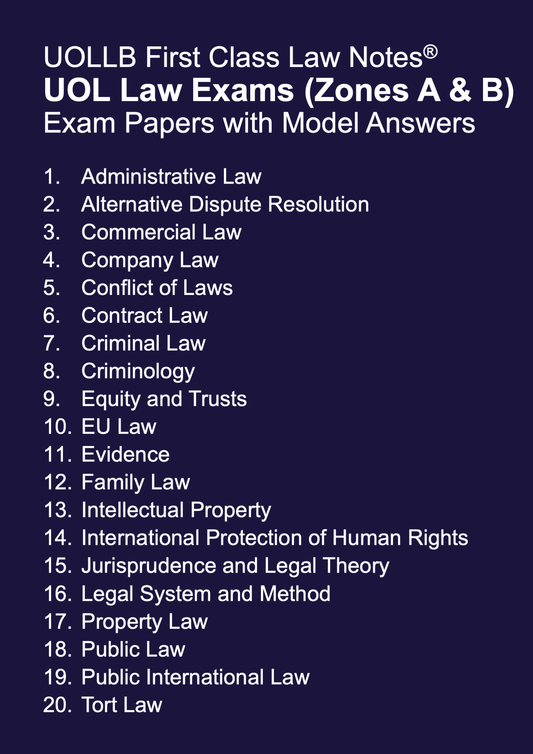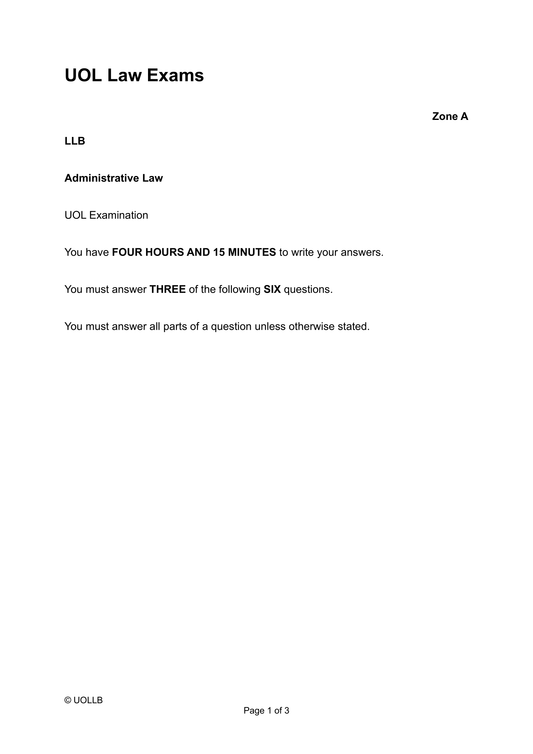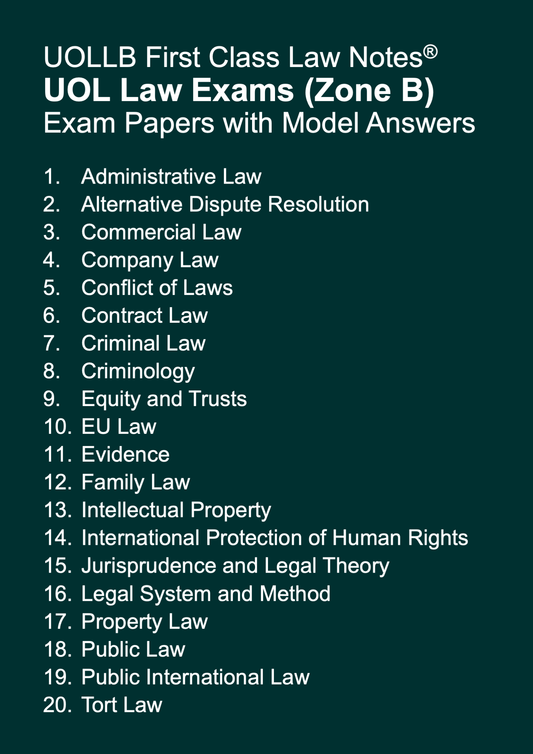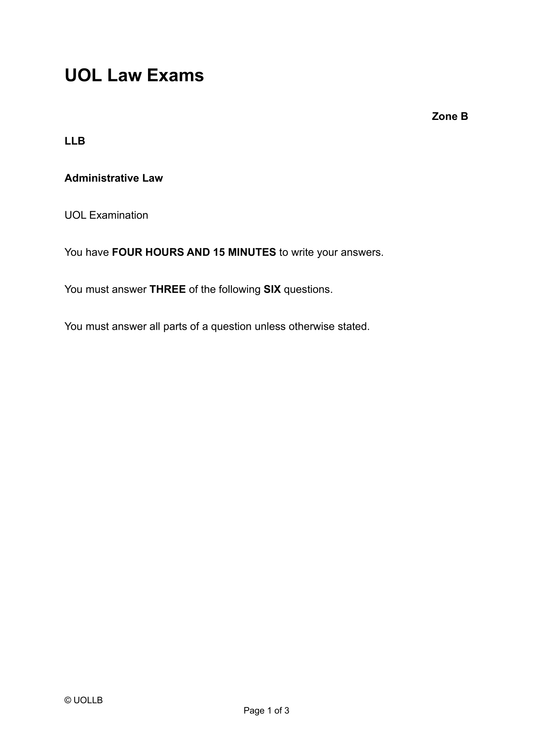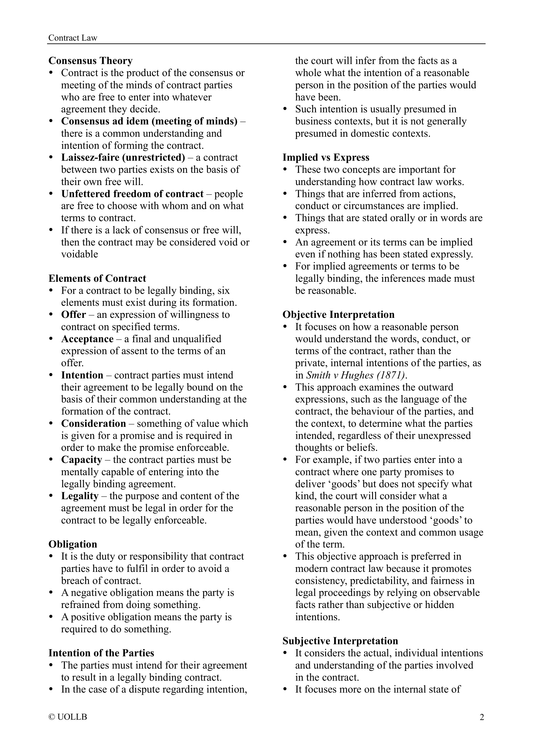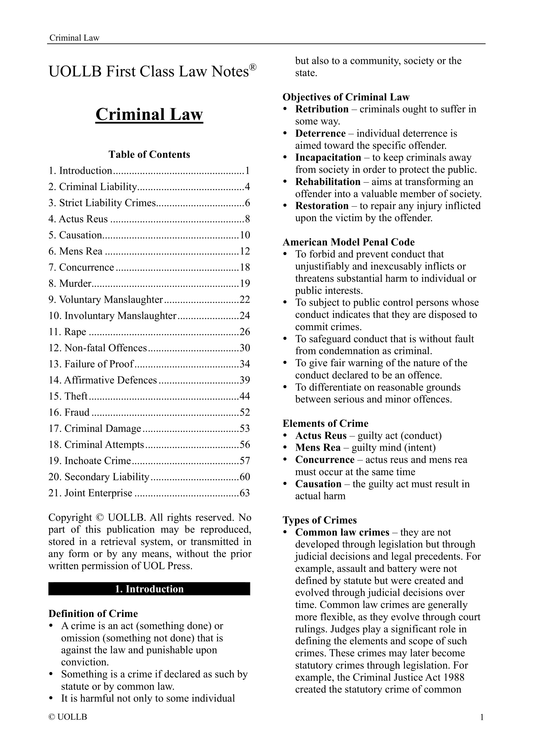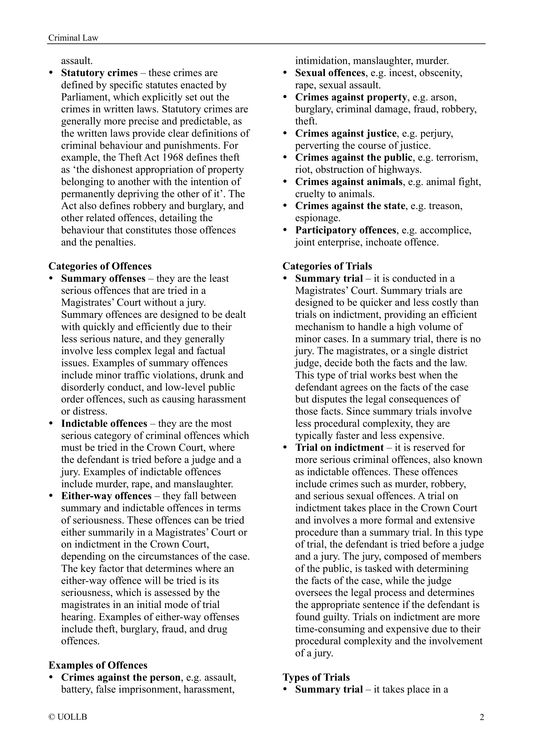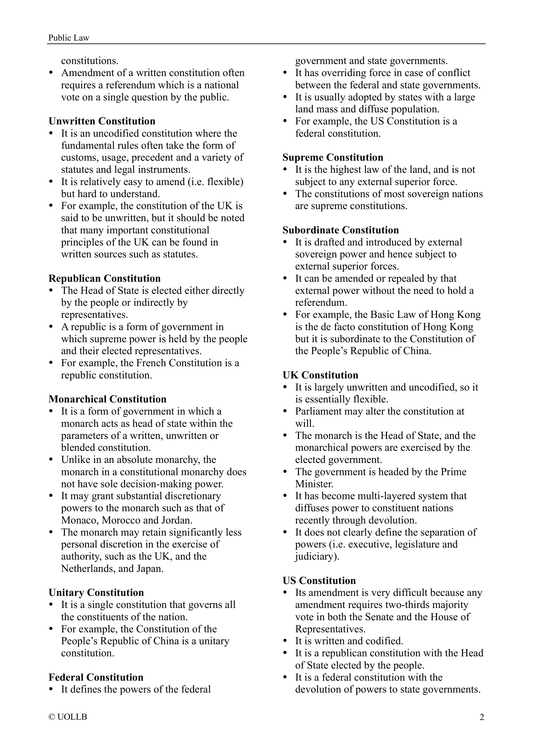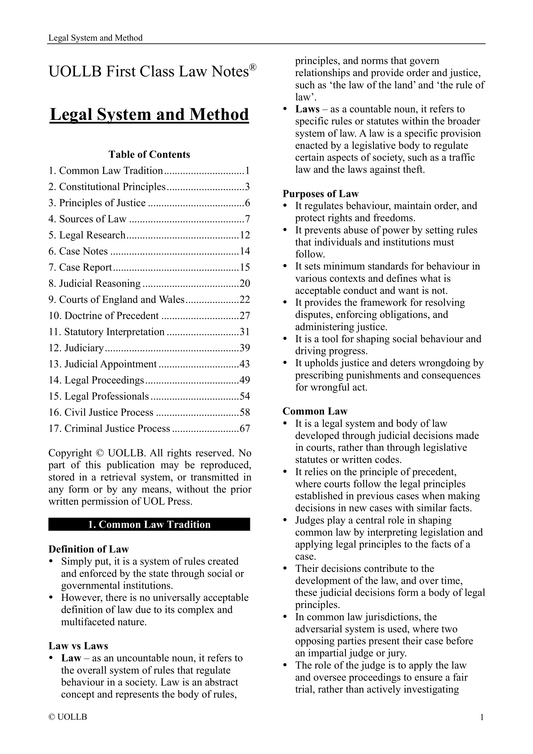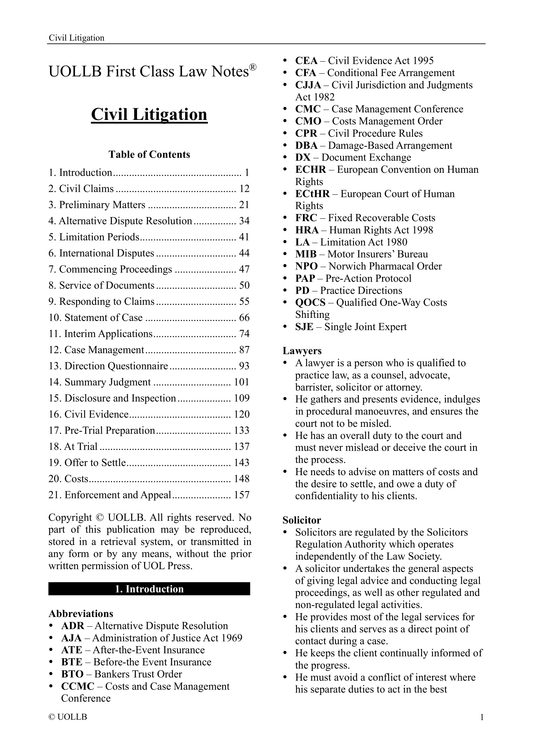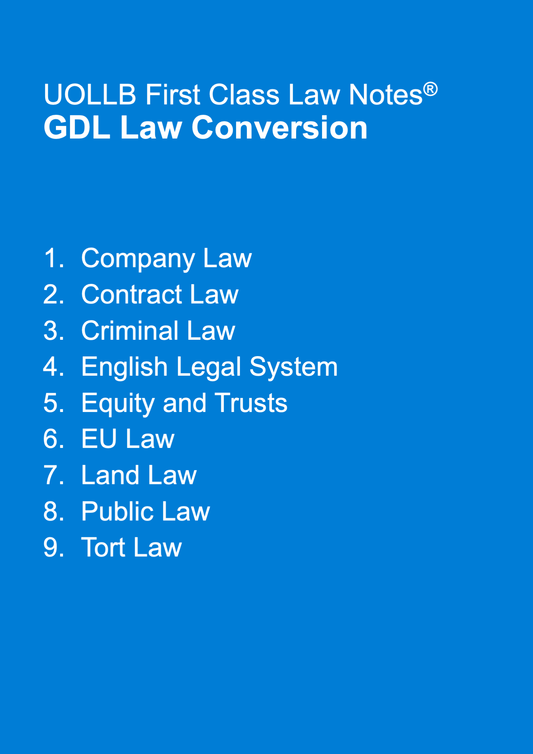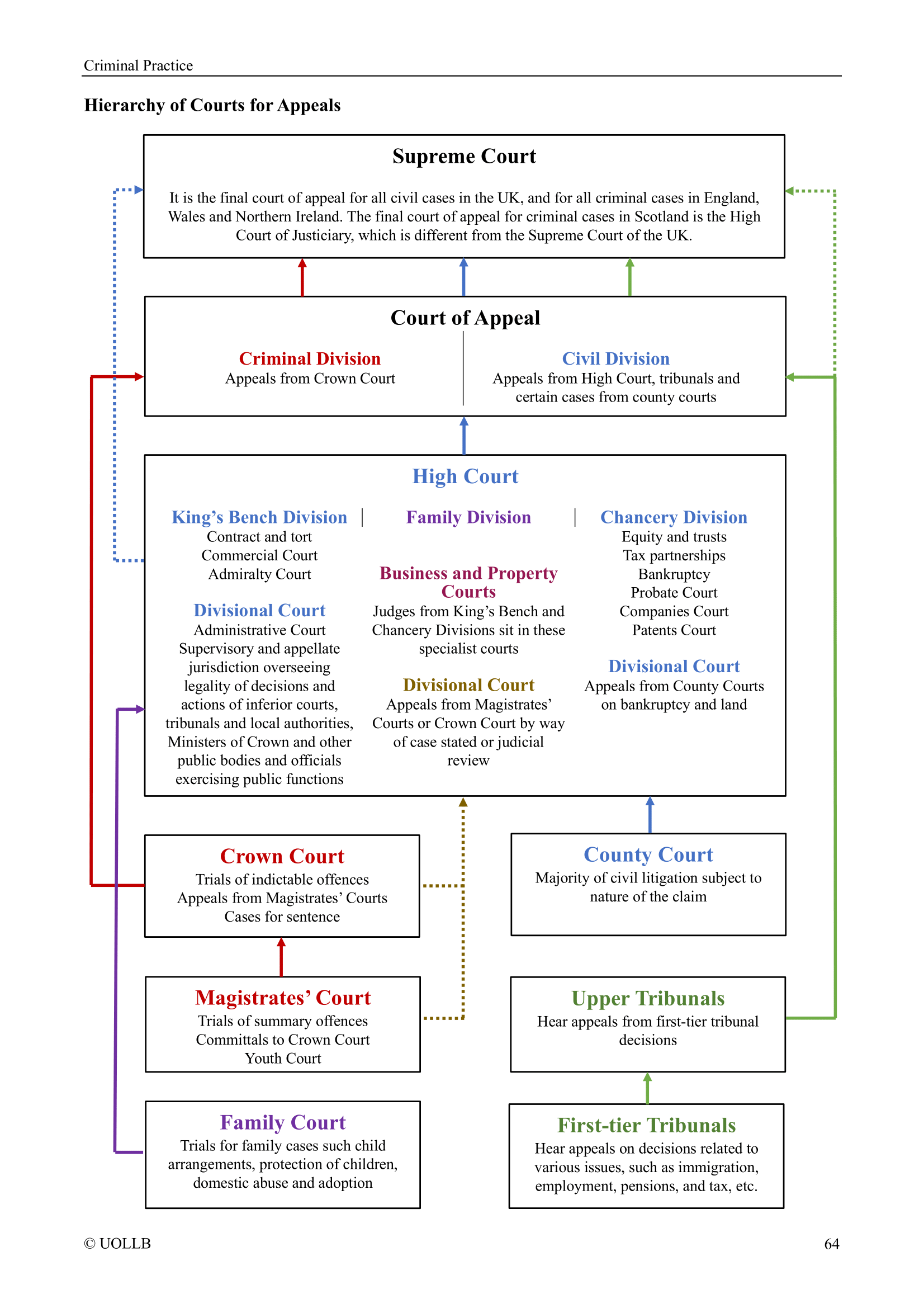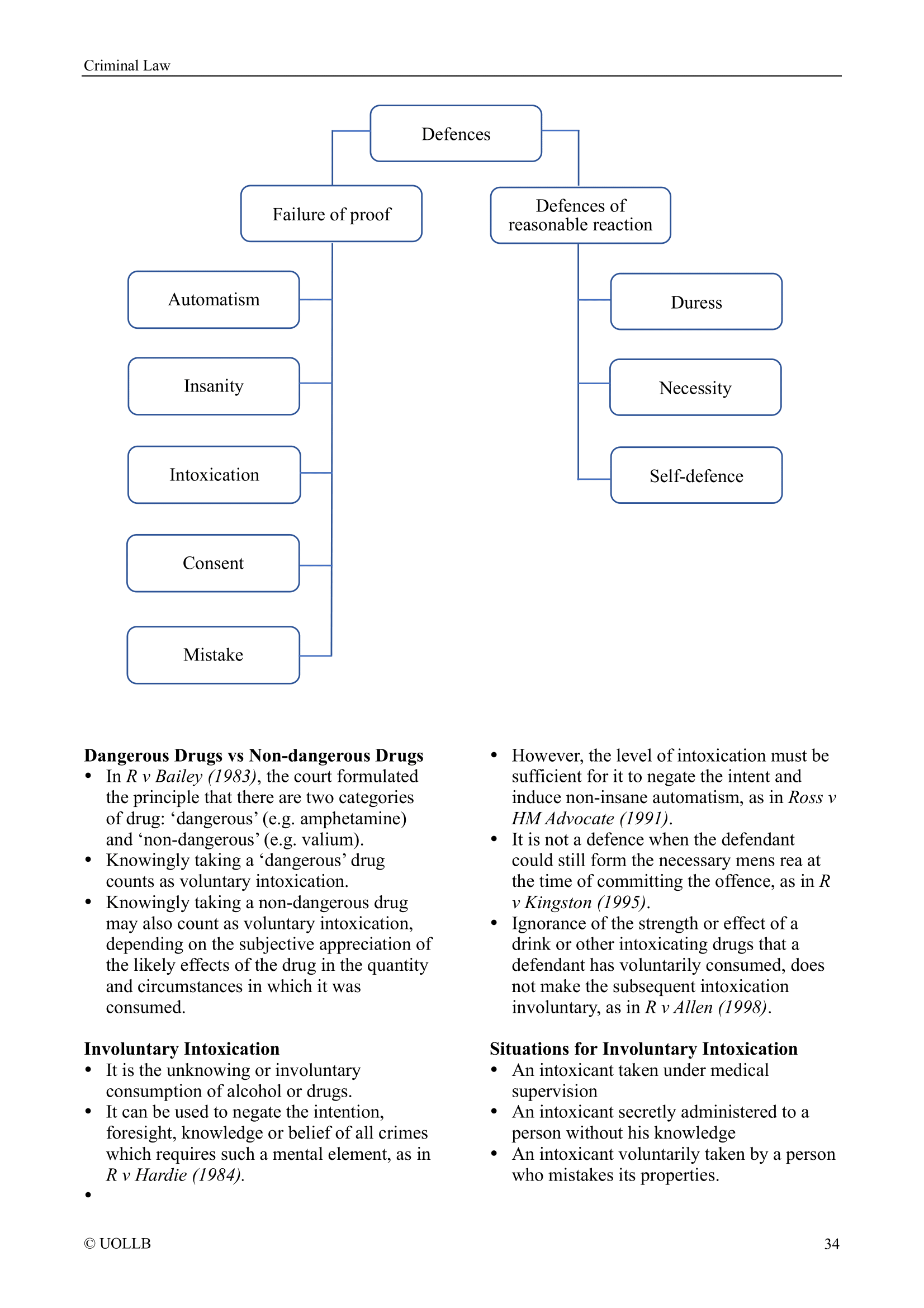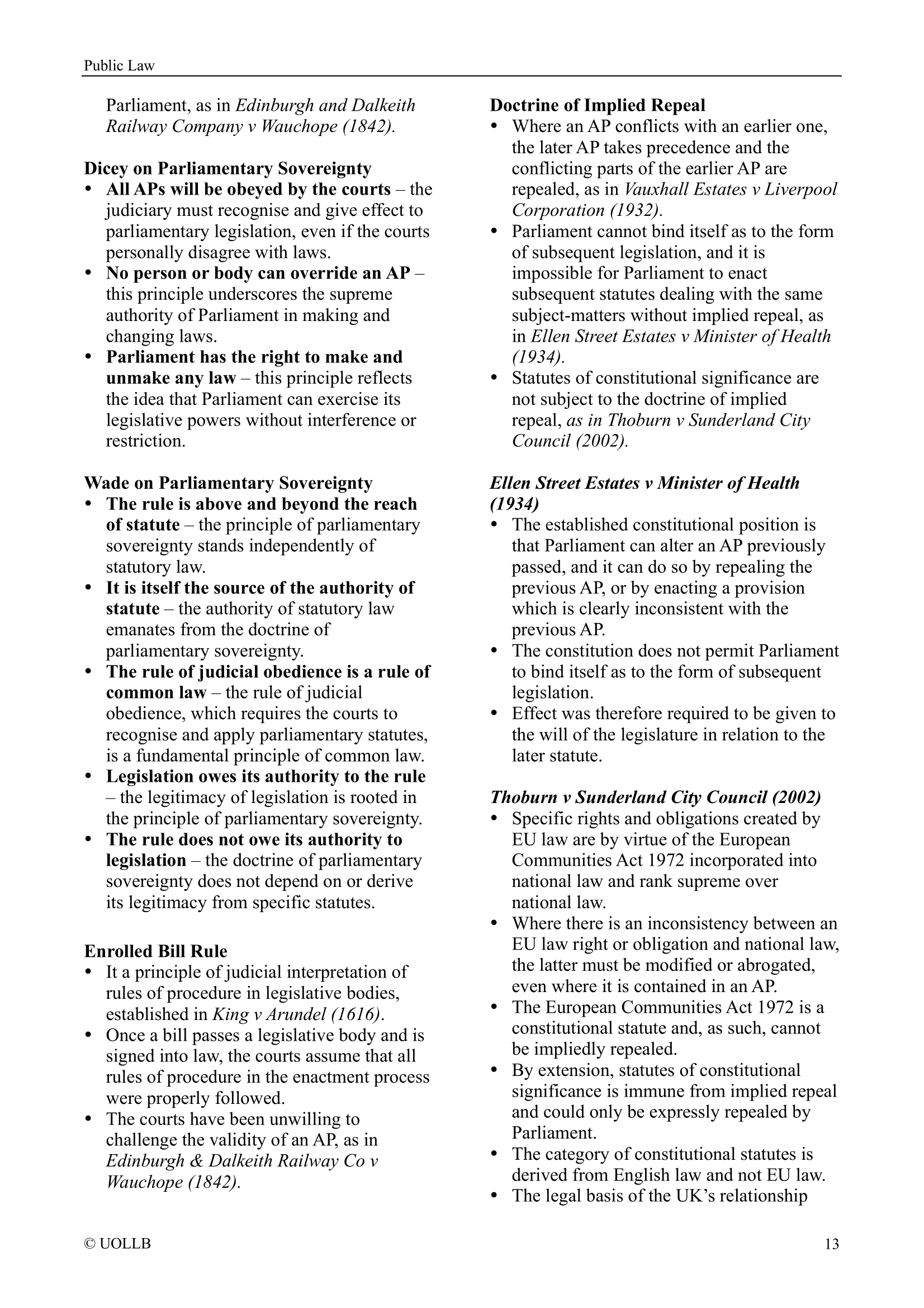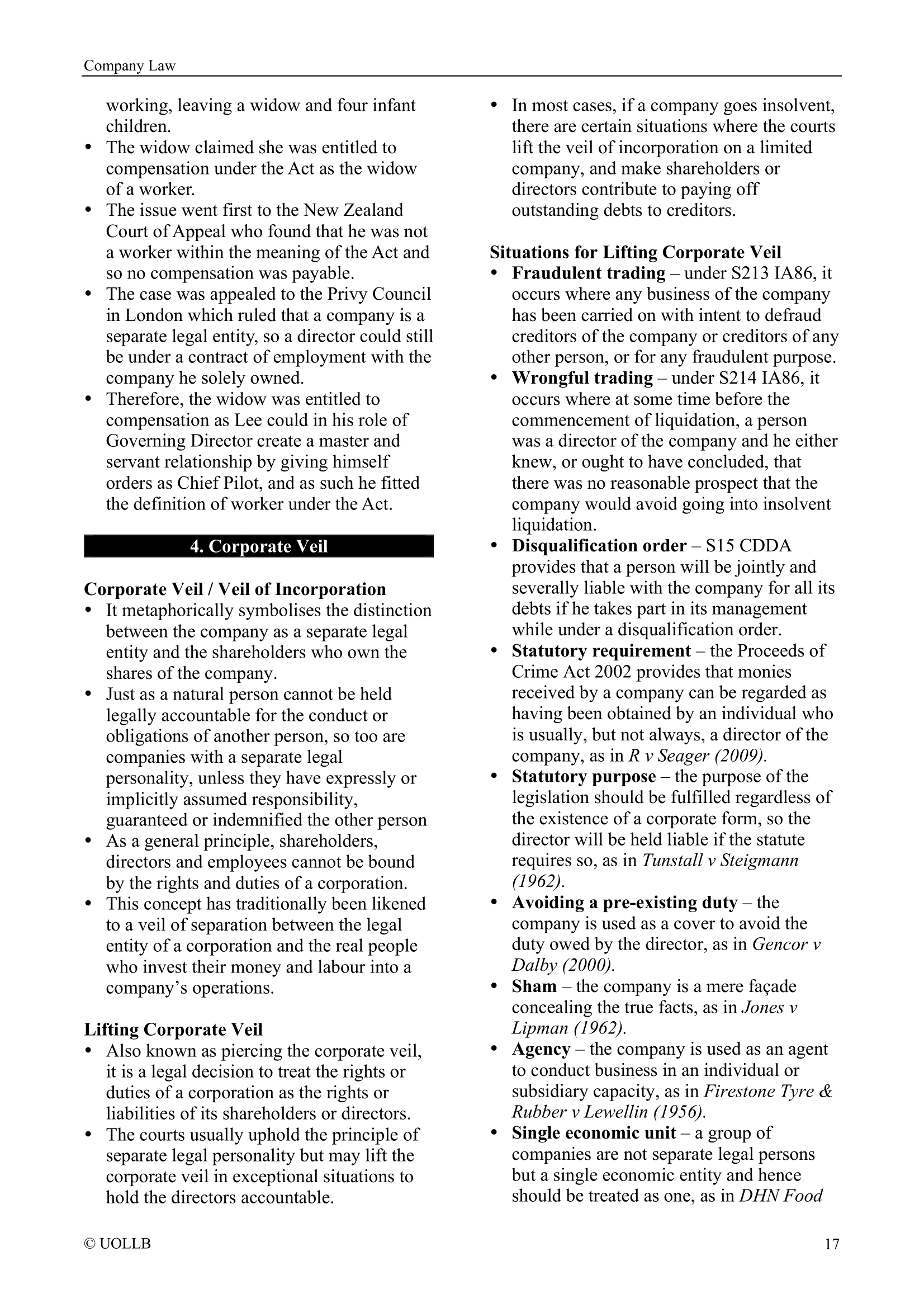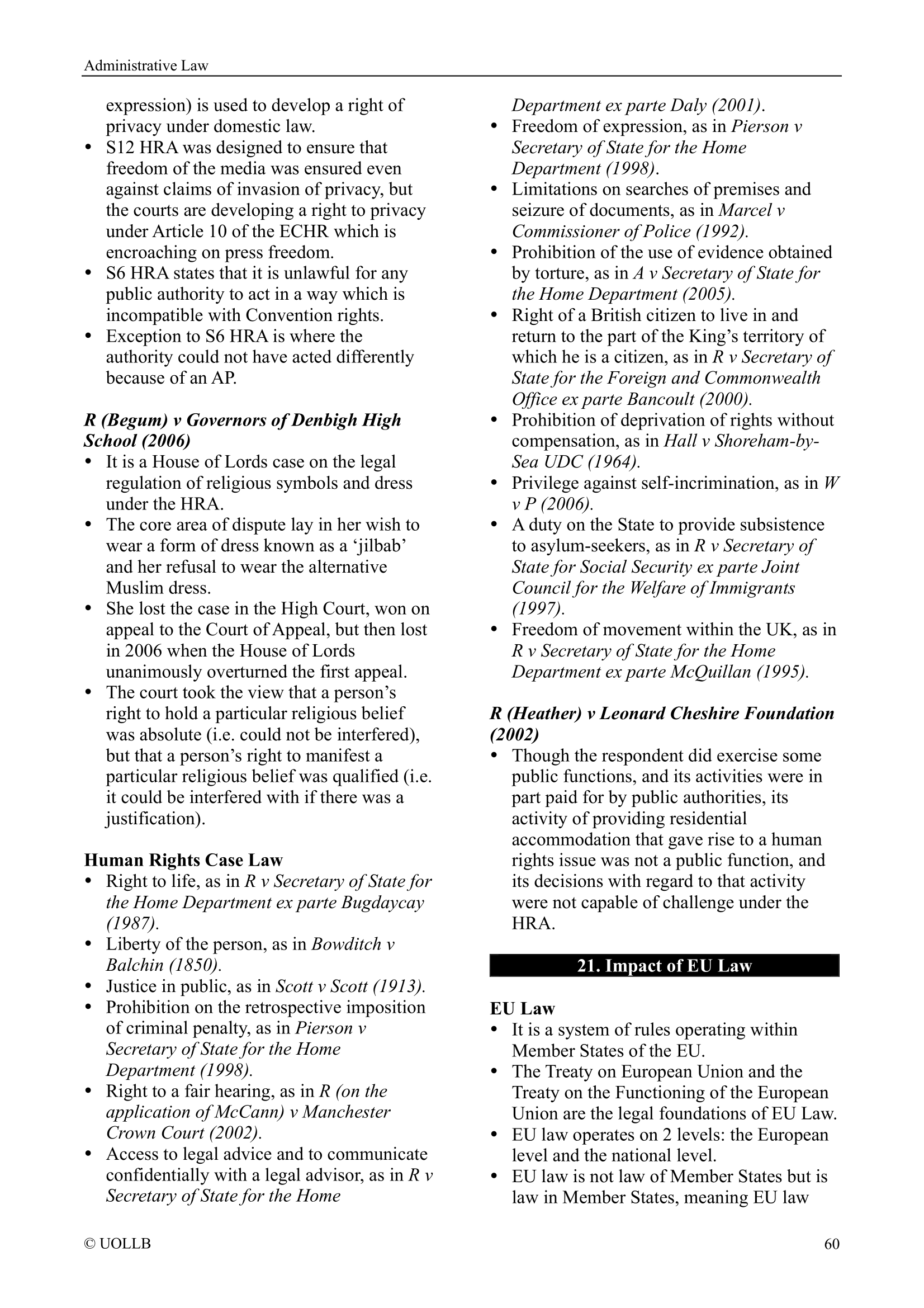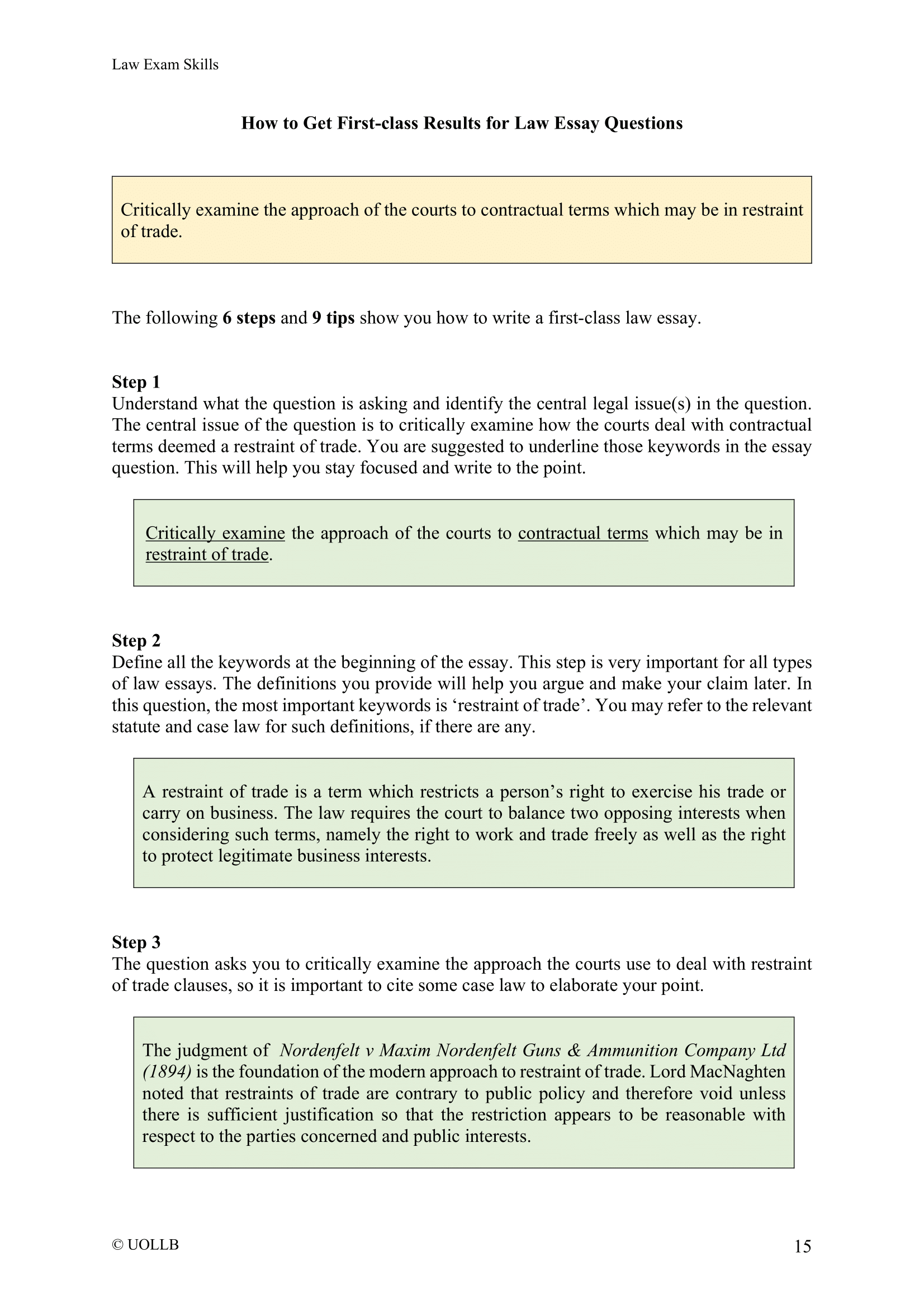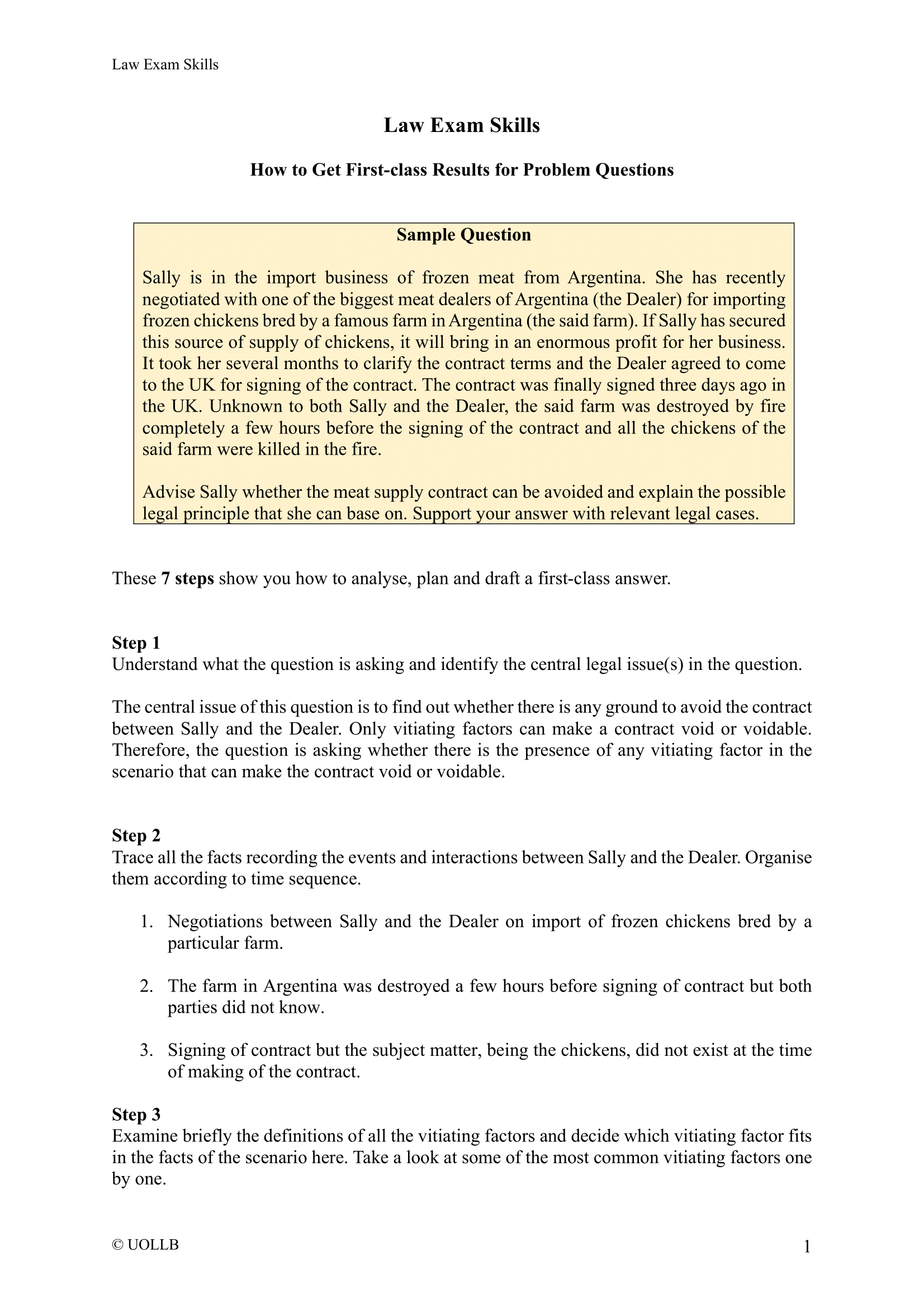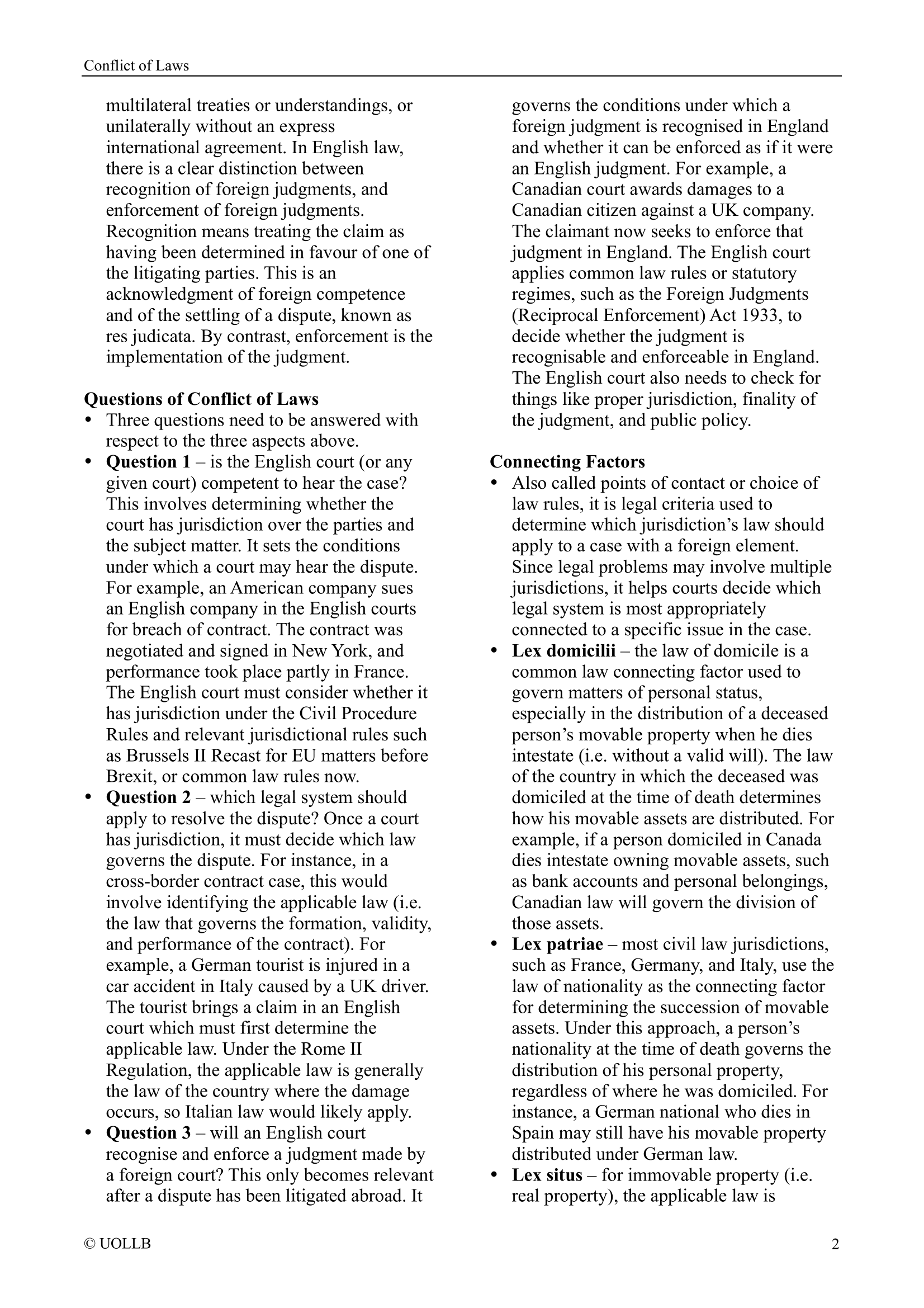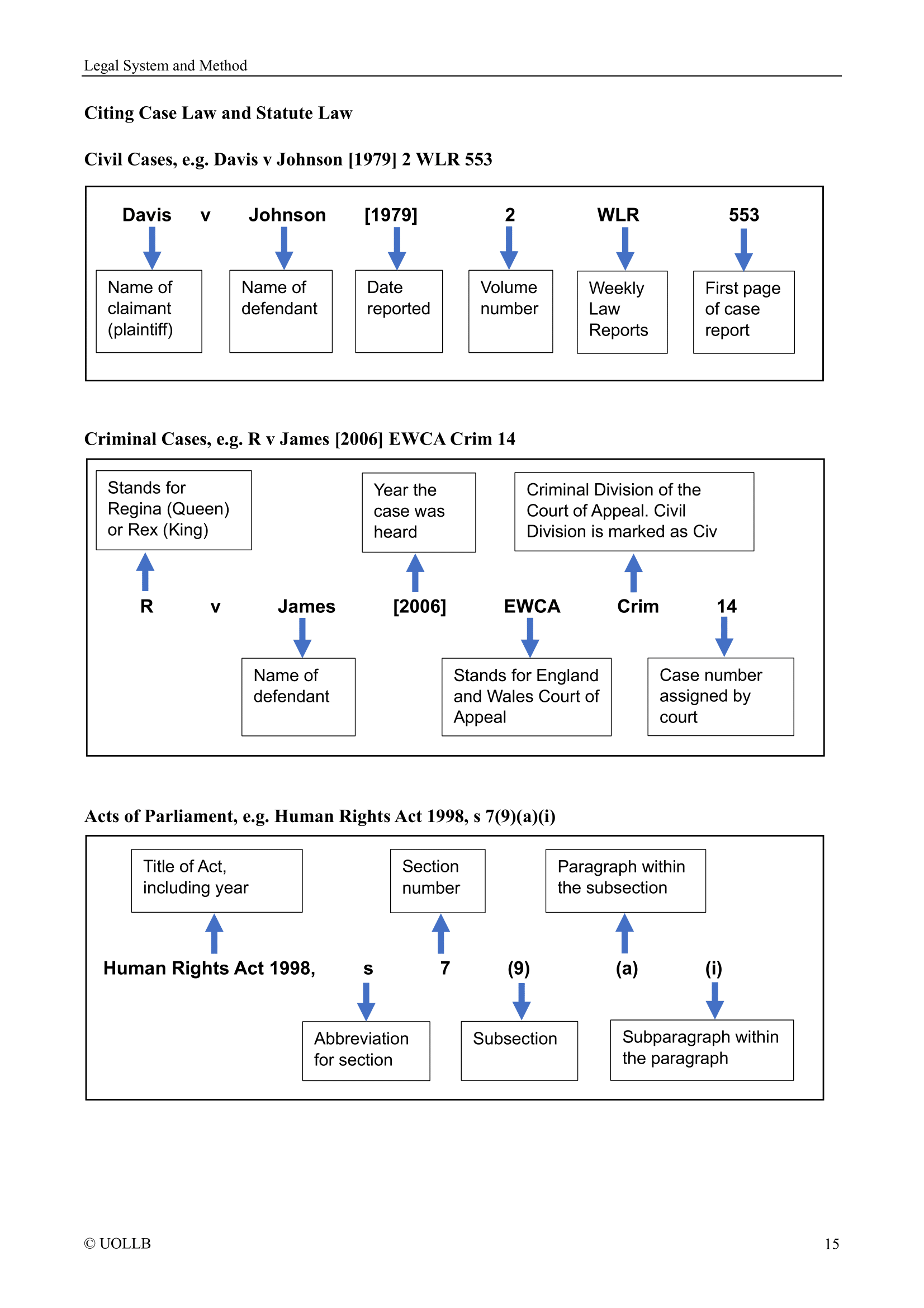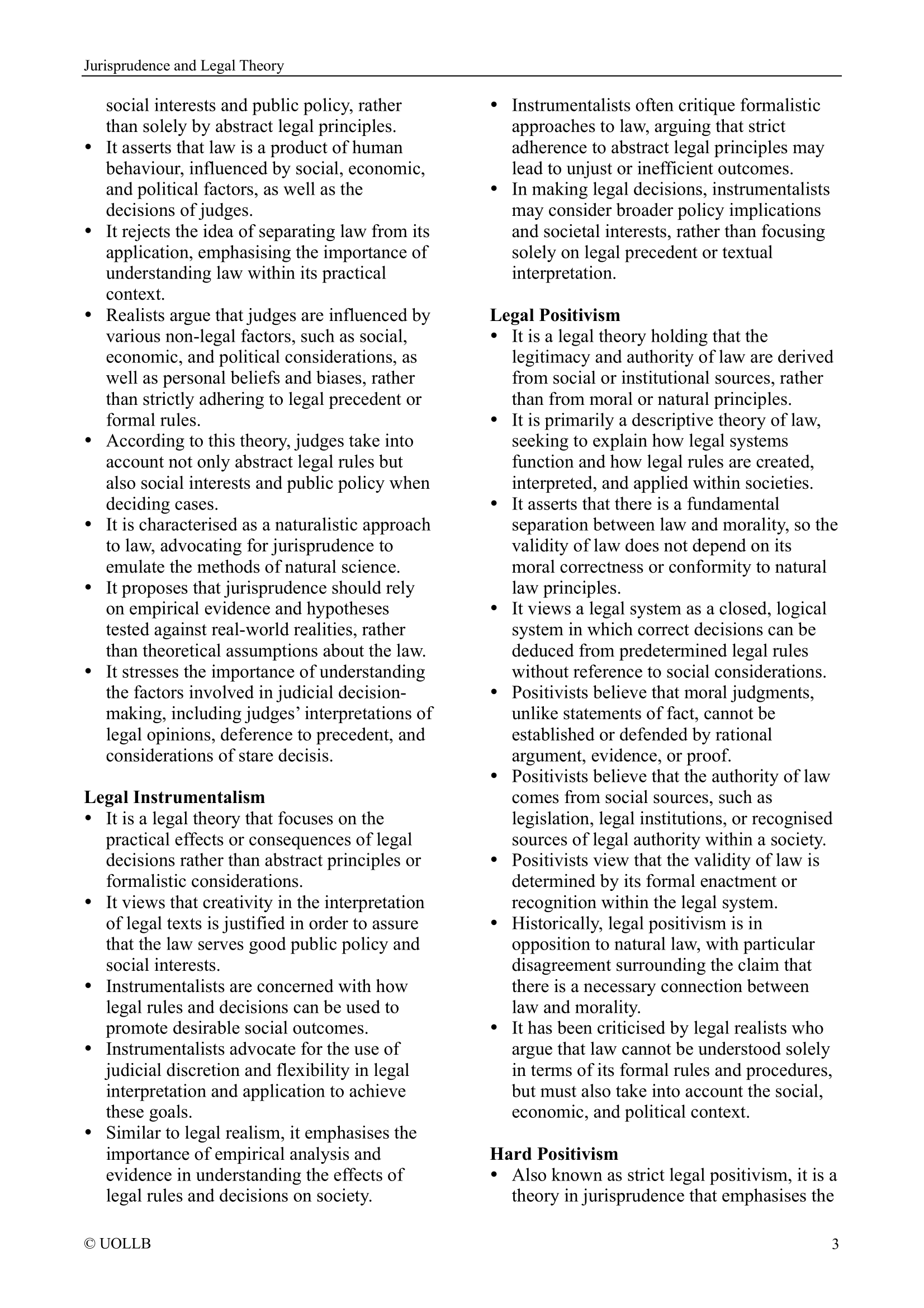Double Taxation
Share
Double taxation occurs when the same income or capital is subject to tax in two or more countries. This can happen when there are overlapping taxing rights between the country where the income is sourced (source country) and the country where the taxpayer is a resident (residence country). There are two main types of double taxation:
Economic double taxation: This occurs when the same income is taxed in multiple jurisdictions, resulting in a reduced after-tax income for the taxpayer. For example, if a person earns income from business activities in one country and is taxed on that income in that country, but the income is also subject to tax in their country of residence, it can result in economic double taxation.
Juridical double taxation: This occurs when two or more countries claim the right to tax the same income or capital under their domestic laws, creating a legal obligation to pay tax in each jurisdiction. Juridical double taxation can arise due to differences in tax laws, classification of income, or overlapping tax jurisdiction rules.
To mitigate the impact of double taxation, countries often enter into double taxation conventions, also known as tax treaties, with each other. These treaties provide mechanisms to allocate taxing rights, eliminate or reduce double taxation, and promote cooperation between countries. Double taxation conventions typically include provisions such as:
Non-discrimination: Ensuring that residents of one country are not subject to discriminatory tax treatment in another country based on their nationality or residence.
Taxation of business profits: Establishing rules for the taxation of business profits, including the allocation of taxing rights to the country where the business has a permanent establishment.
Dividends, interest, and royalties: Providing rules for the taxation of cross-border payments of dividends, interest, and royalties, including limiting withholding tax rates and providing relief from double taxation.
Methods for eliminating double taxation: Offering relief mechanisms such as tax credits, exemptions, or deductions for taxes paid in the source country to avoid double taxation.
By entering into tax treaties and implementing these provisions, countries aim to promote cross-border trade and investment, avoid double taxation, and provide certainty and predictability to taxpayers operating in multiple jurisdictions. However, it is important to note that the specific provisions and mechanisms for eliminating double taxation can vary between different tax treaties.
